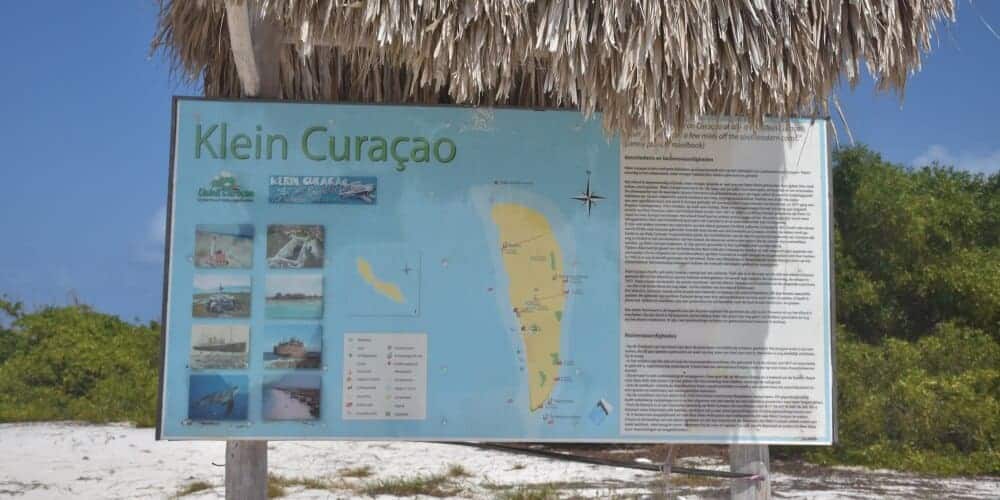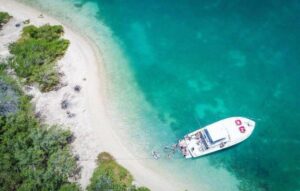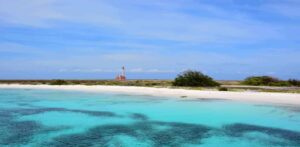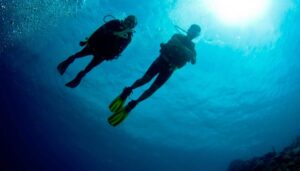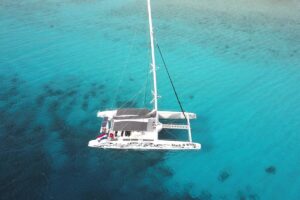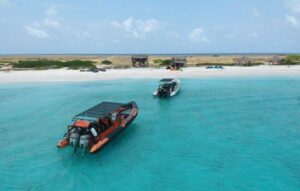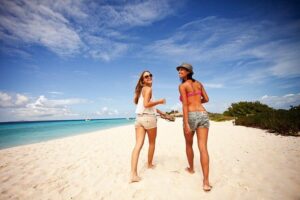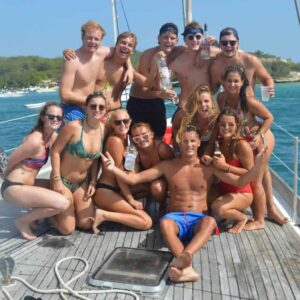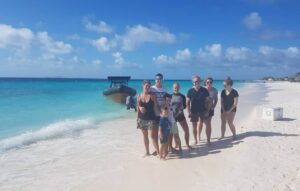Table of Contents
KLEIN CURACAO HISTORY
Klein Curacao is three square kilometers and is located ten kilometers south-east of Curacao. Today it is uninhabited, but formerly fishermen lived here. The island is now quite bare, but once a lot of grass grew here and small farmers often left their goats behind here to graze.
Klein Curacao was a haven for seabirds in the 19th century, which came there to breed. The droppings of the birds (guano) contains tricalcium phosphate; through the rain this sank into the underlying limestone and after a chemical reaction a layer of ‘seabirdguarofosfaat’ emerged. Phosphate was a popular product in the 19th century, it was used in Europe as an additive for animal food and fertilizer.
In 1871 a British mining engineer, John Codden, was seeking phosphate. Through currents he accidentally ended up on Klein Curacao with his ship, where huge amounts of phosphate proved to be. From 1871 to 1886 roughly 90 tons of phosphate was mined at Klein Curacao and shipped to Europe. The island remained bare and a few meters lower. The seabirds have never returned. Carmabi initiated a reforestation project which is the reason there are now a lot of bushes.
There have also been other forms of exploitation of the island. The West India Company, WIC brought many slaves from Africa to Curacao. Before these slaves came ashore at Curacao, the sick were taken out and put in quarantine at Klein Curacao. The remains of this Curacao first quarantine building can still be found in the North-West of the island. The slaves and other passengers who did not survive the voyage were buried at Klein Curacao.
There are tombs found in the southern part of the island. During this activity the West India Company were also licensed to seal (the now extinct monk seal) to be allowed to catch Klein Curacao and use for their skins.
Visit Klein Curacao How You Want
Do You Prefer A Private Charter Group Trip Dive Excursion Fishing Trip Sail Boat Power Boat ?
Compare all Klein Curacao boat trips on our website and get the best deals booking via us. We have partnerships with all the best Klein Curacao tour operators.
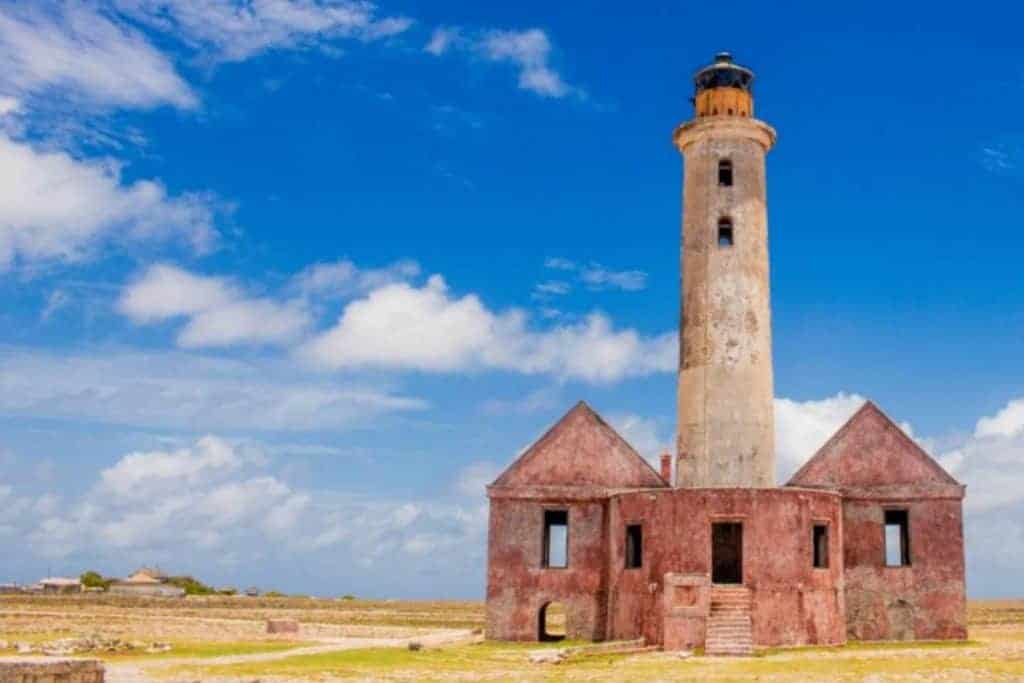
In 1932 a crocodile was caught on the island. It came from Venezuela and after a violent storm landed on the island. The former islanders then killed the crocodile and ate it.
Klein Curacao, like Curacao, is little affected by hurricanes. Still, there have been quite a few hurricanes in the course of time which have left their marks on the island. The first, according to tradition, was the hurricane in 1877. This hurricane destroyed the first lighthouse on the island. Therefore, it was decided that the next lighthouse – and that’s the lighthouse that still stands – was built in the center of the island.
The island, with its beautiful white beach, is a well known nesting location for turtles. Every year, sea turtles, who were born in Klein Curacao, come back to their home beach to continue their species. Therefore you will have a great opportunity to see turtles graze and swim to shore while you are diving and snorkeling.
Another phenomenon is the legend of an English captain who was stranded in the 19th century and has deceased on the island. After his death he was buried on the island, but ghosts would have found no rest yet and still haunt the island. There are many ghostly stories and events about it in circulation.
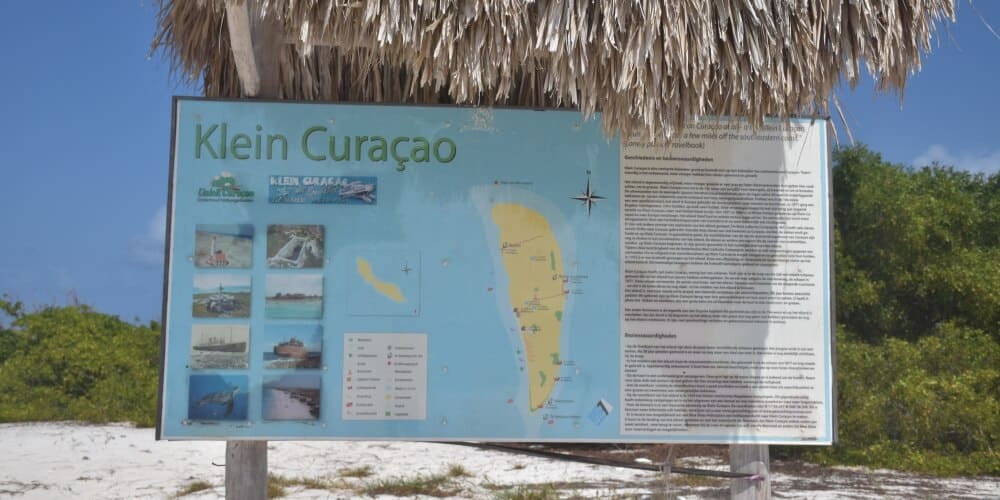
Open Request
Let us help you find the perfect tour. Tell us your requirements and travel date, we will help you find the best options.
INTERESTING SIGHTS ON KLEIN CURACAO
- Over the years, there were many shipwrecks around Klein Curacao. Many ships stranded on the east side of the island. The recent wreck of a tanker ran aground 28 years ago. Now only part of it remains. The anchor is still clearly visible in the bow.
- In the center of the island is the monumental lighthouse, built after the 1877 hurricane and still in use, now unmanned. You can go inside, but beware of loose floorboards and stones.
- An underwater cave is indicated on the map (near the beach). This cave is 48 meters deep and is known for its sharks. For safety reasons, contact guides who have experience with this if you want to dive here.
On the west coast (near the beach huts) you can snorkel well and have a good chance of seeing sea turtles grazing and swimming. An unforgettable experience. - On the north side of the island, the German freighter Magdalena ran aground in 1934. This gigantic ship was located and tied up weeks after digging a channel and several tugs pulled it back out to open sea.
- There is a geocache site at Klein Curacao. The coordinates are N11’59″447 W068’38″590. If you want to know more about this, go to geocaching.com
Other Klein Curacao Posts
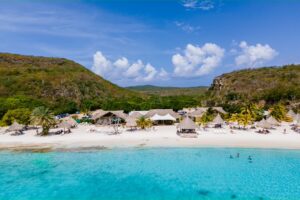
Resort for a Day Curacao
Resort for a Day Curacao What Does “Resort for a Day Curacao” Mean? “Resort for a Day Curacao” refers to the unique opportunity for travelers to experience the luxurious amenities of some of Curacao’s finest resorts without the need for
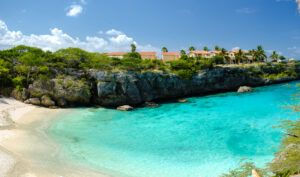
Curacao Sign
Curacao Sign Introduction to the Curacao Sign The Curacao Sign is one of the most recognized symbols on the tropical island of Curacao, located in the southern Caribbean. Positioned prominently in the capital city of Willemstad, this vibrant sign captures
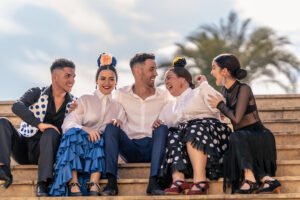
Papiamento Phrases
Papiamento Phrases Understanding Papiamento: The Language of the Dutch Caribbean Papiamento is the captivating creole language spoken predominantly on the islands of Aruba, Bonaire, and Curaçao. This unique language is a blend of African languages, Portuguese, Spanish, Dutch, and even

